This Quick Strawberry Jam recipe is for those moments where you need something sweet and sticky. Spread it over a crumpet or perhaps add a dollop of it onto a cream topped scone. How will you eat yours?
The science of jam making
That's right, making jam is a science. There's a reason why it's been the highlight of every Women's Institute Fete for the last 100 years or so. It takes skill, patience, and quality ingredients to get right. For that reason I only make jam (or marmalade on special occasions).
One of my blogging friends Camilla at Fab Food For All is the QUEEN of jam and I always send people in her direction if they need a recipe. But today I'm sharing a recipe which I have made so many times I couldn't believe it when I realised it wasn't on the blog.
But let's go back to basics first.
What is jam?
Jam is a type of fruit preserve that is made with fresh fruit that is cut into pieces or crushed, then add to a pan with water and sugar. It's heated until it reaches the perfect temperature for it to set into a wobbly, jelly like consistency before being stored in a jar.
The ratio of fruit to sugar is 1:1. When people make jam for the first time they are often surprised at just how much sugar is involved!
Some jam recipes also call for extra pectin to be added. You can even buy special jam sugar that has pectin added. Pectin isn't essential. Some fruits have high levels of pectin; like apples, blackberries, cranberries, gooseberries and even plums. You'll often see recipes with apple added not for flavour but for their pectin.
The pectin thicken the jam so that the jam maker can be certain it's going to set at the right consistency much quicker, a bit like adding gelatine to jelly. Without it, jam is a long process. A real labour of love.
Because of the high sugar content jam can have an incredibly long shelf life. It's the perfect way to preserve summer fruits to be enjoyed way into autumn and even winter.
What is a "quick" jam?
Quick jam differs from regular jam recipes because it doesn't take so long to make. You can have a jar ready in less than 30 minutes as it only takes 10-15 minutes of cooking time. The rest is spent weighing ingredients and sterilising your jar.
Because you don't cook it for as long and no pectin is added, it's a soft set jam. Don't expect it to get thick enough for your spoon to stand up in. Still, it's perfect for when you find yourself with a sweet craving.
You can use it in much the same way as you would regular jam. Spread it on toast or between layers of a Victoria sponge cake.

The recipe
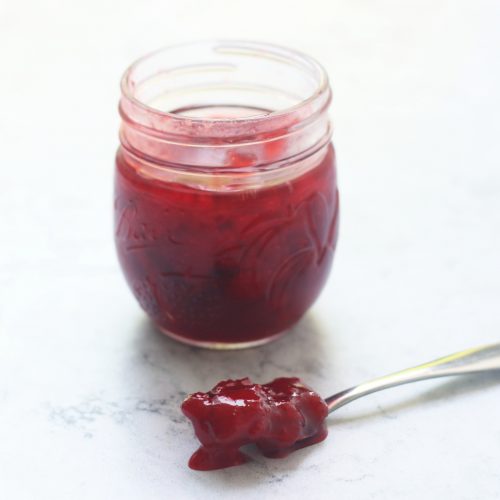
Quick Strawberry Jam
Equipment
- 250ml jam jar
Ingredients
- 250 g strawberries
- 250 ml granulated sugar
- 1 lemon juice only
Instructions
- Roughly chop the strawberries and place into a saucepan.
- Add the sugar and lemon juice then place the saucepan on to a low heat.
- Stir gently as the sugar dissolves.
- Increase the heat and bring to a gentle boil.
- Cook for 5 - 10 minutes stirring occasionally to make sure the sugar doesn't catch.
- To check it is ready, test a drop of the jam on to a cold plate and place in the fridge for 30 seconds.
- Run your finger through the jam. If it is slightly tacky to the touch and the jam doesn't flood back it is ready.
- If it is not yet ready, keep boiling for another 2-3 minutes and then retest.
- Carefully spoon the hot jam into your sterilised jar and seal with the lid immediately.
- Leave to cool - you will notice a popping sound once the jar has formed an air tight seal.
- Store in the fridge until ready to use.
Nutrition
Ways to use your Quick Strawberry Jam
I'd love to see how you use your jam. Tag me in your Instagram posts or leave me a comment!

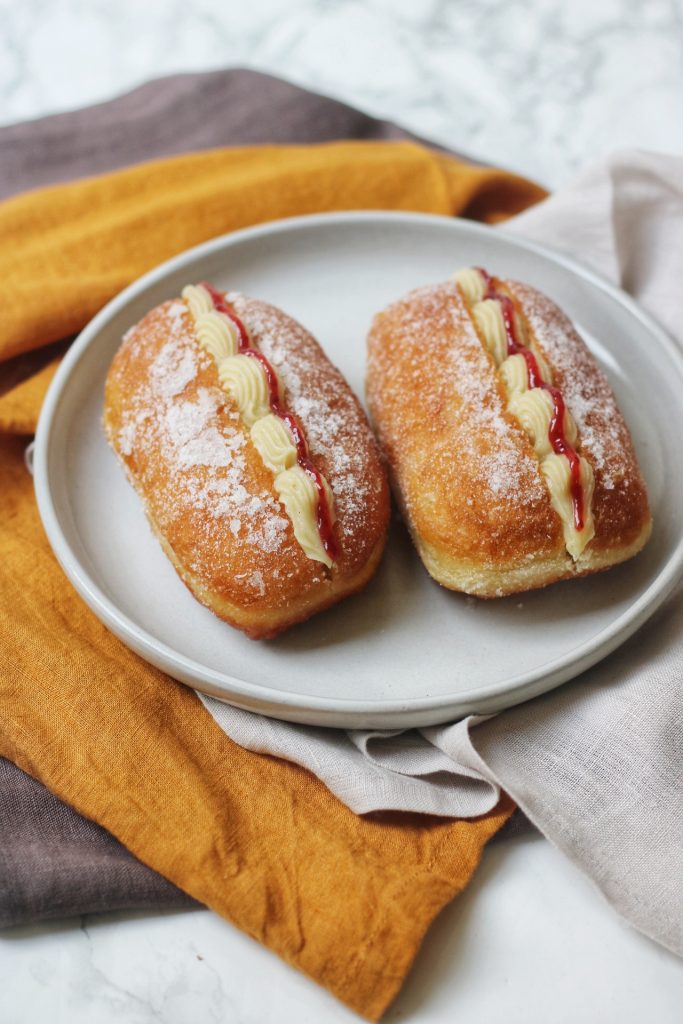
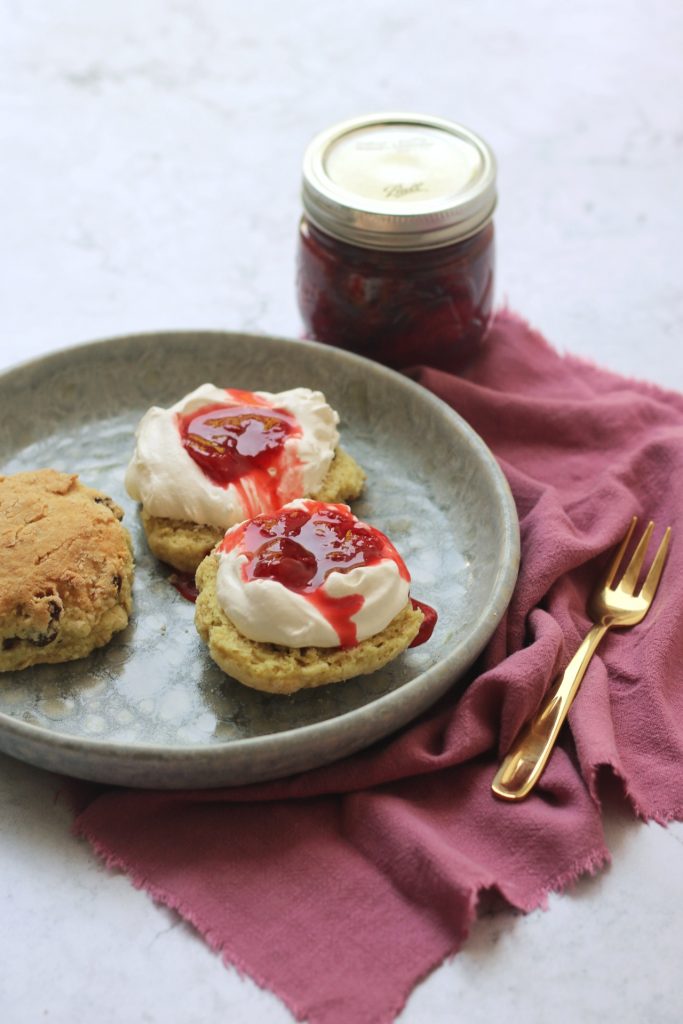
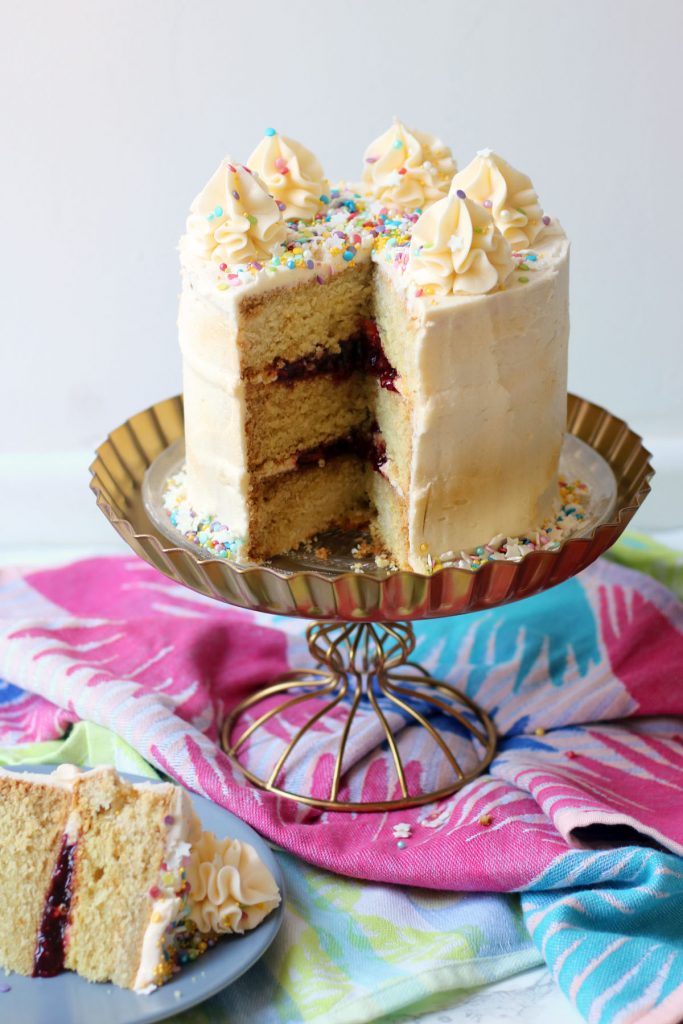
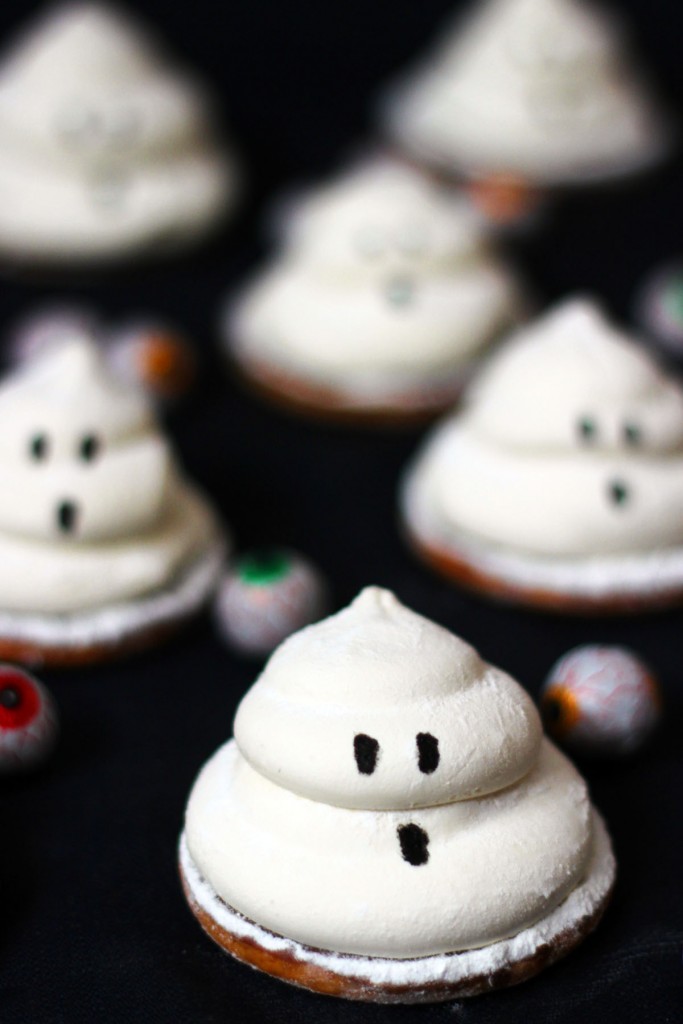
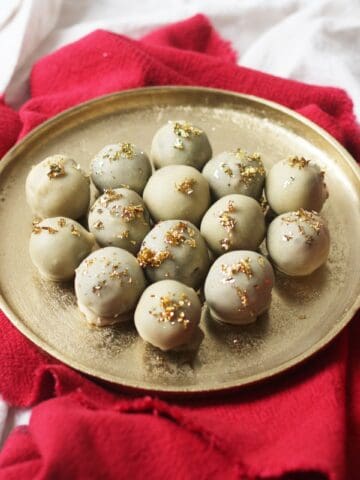
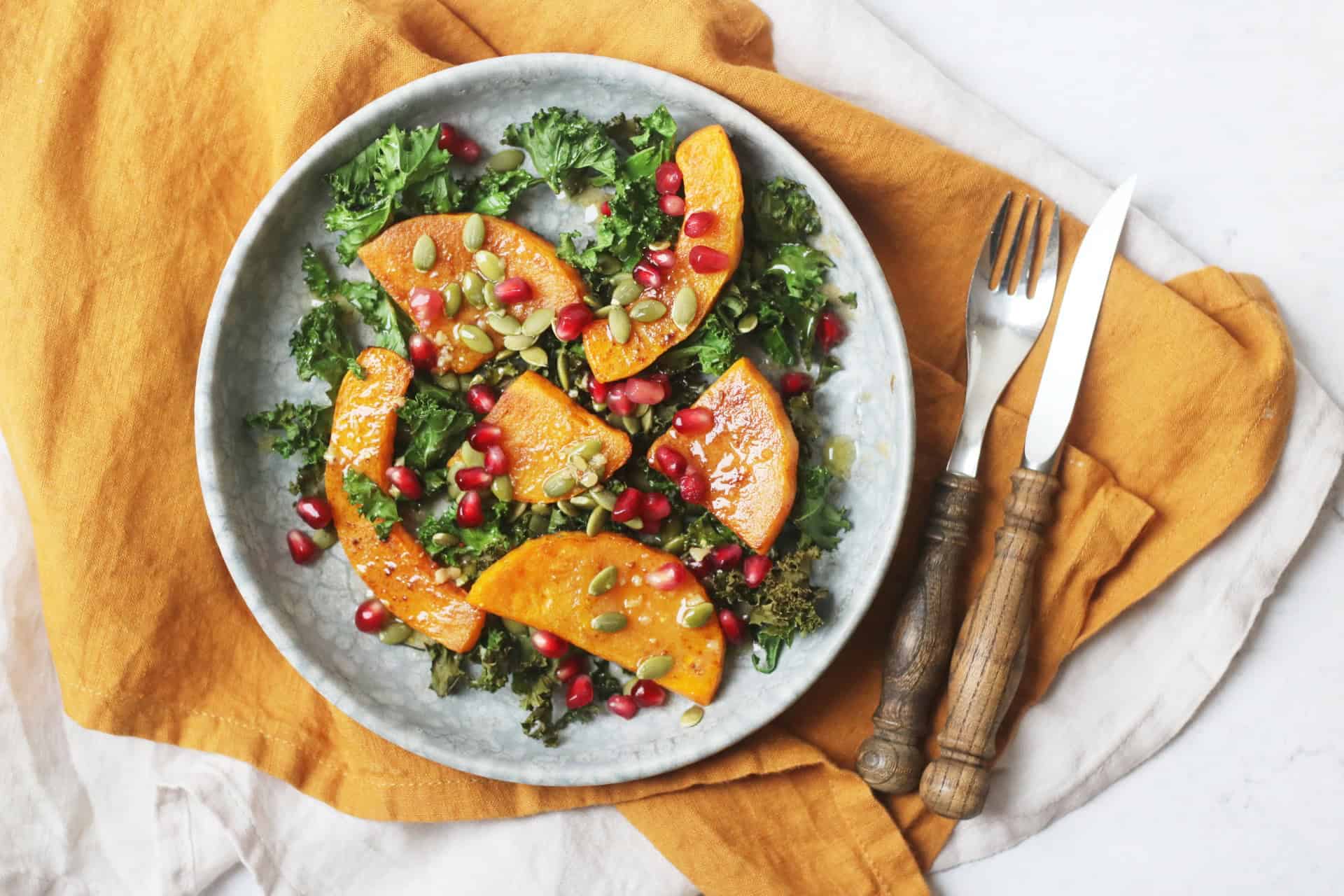
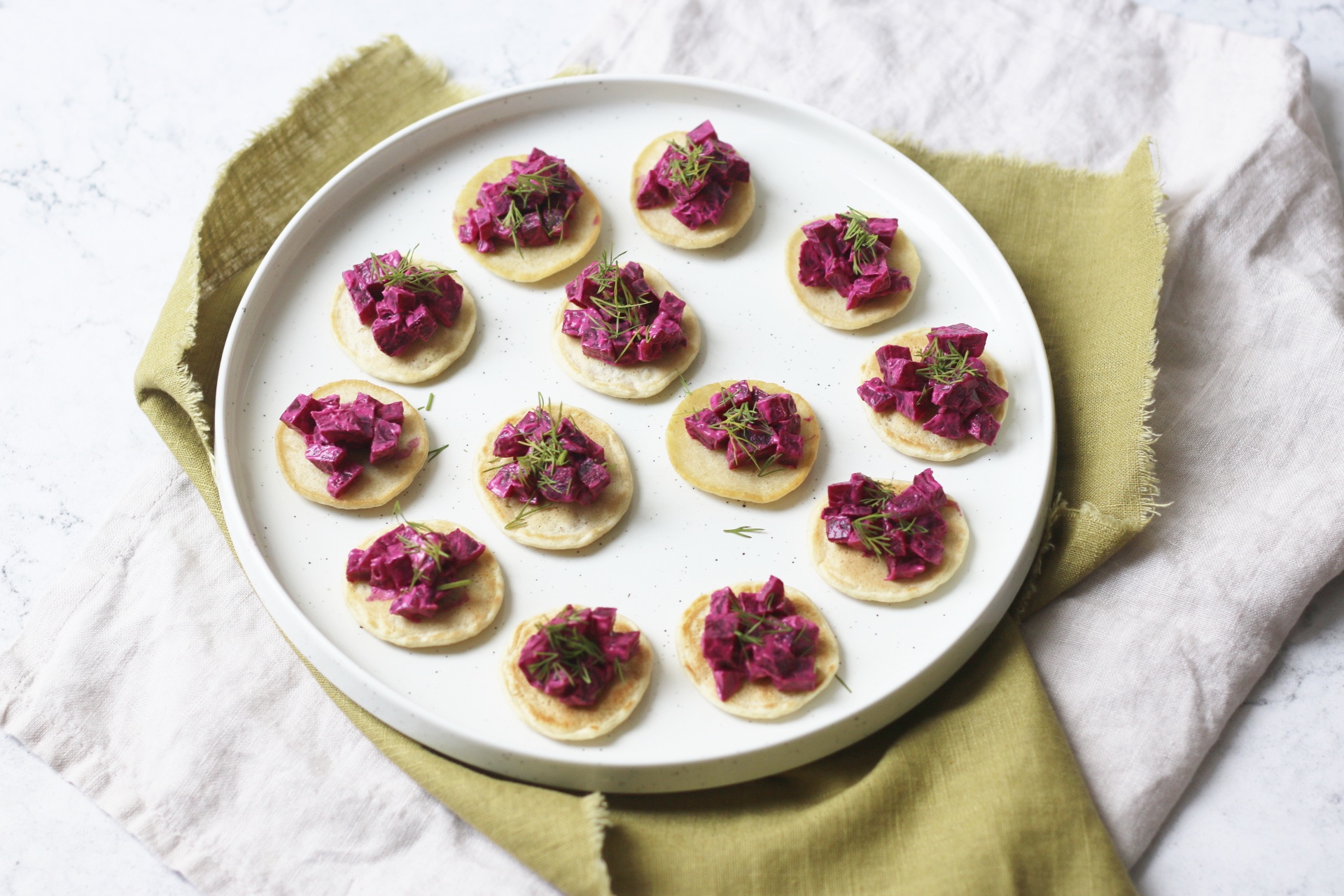
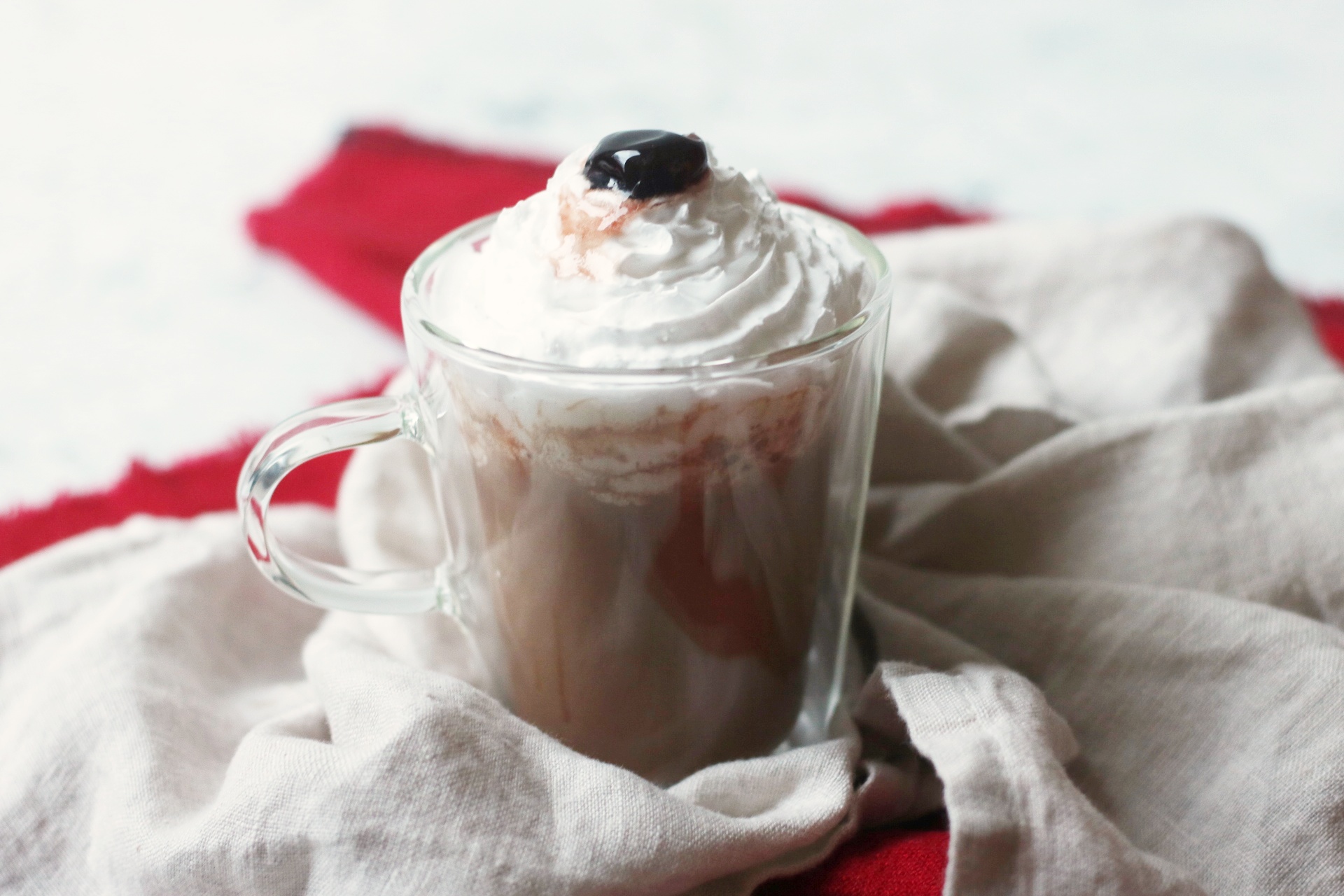
Leave a Reply